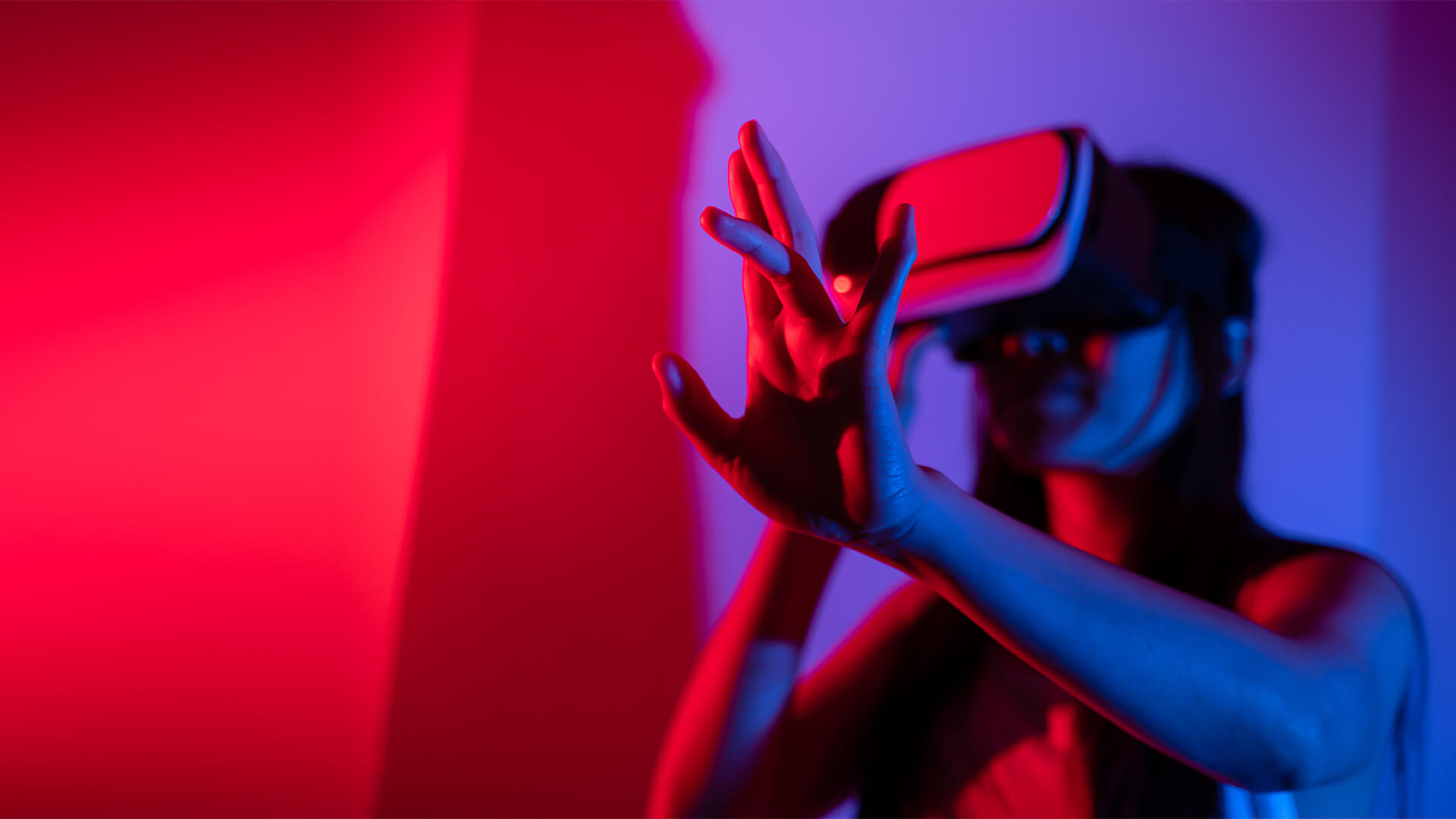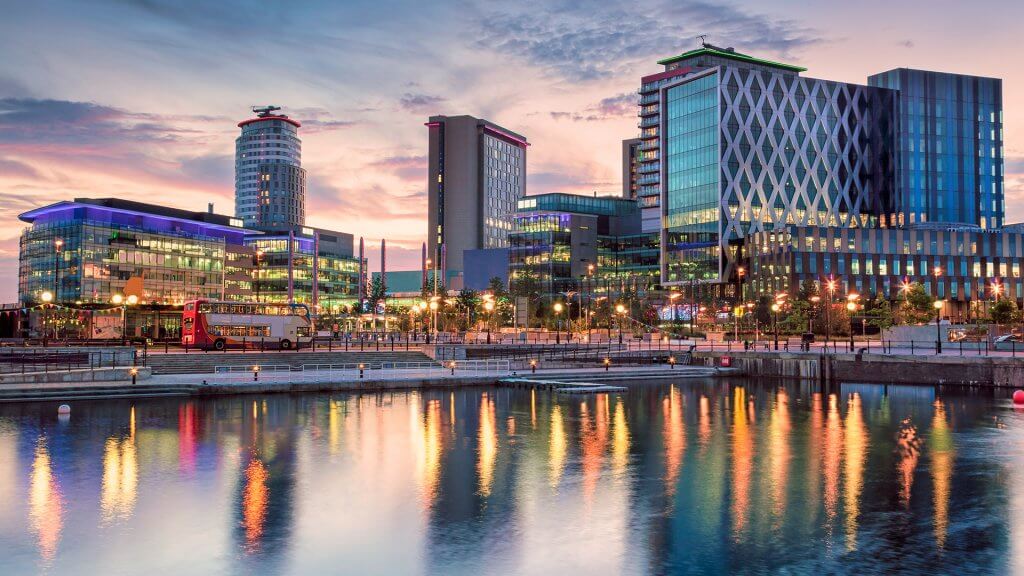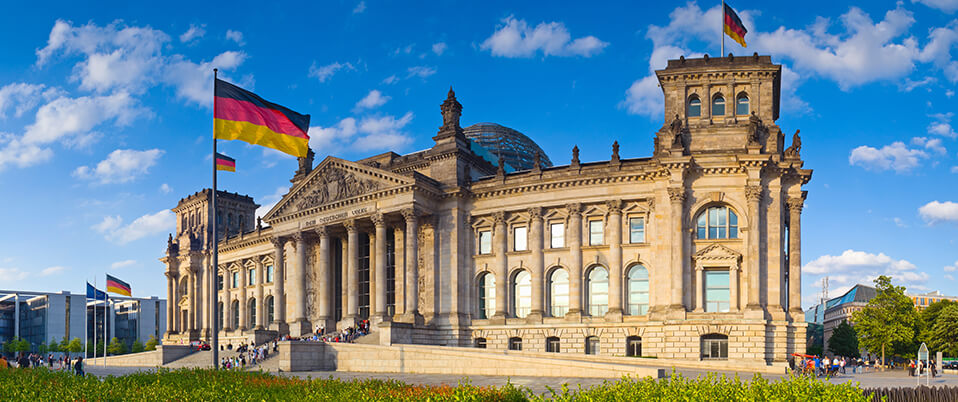Nicole Junkermann is an international entrepreneur and investor, and the founder of NJF Holdings, an international investment company with interests in venture capital, private equity, and real estate. Through NJF’s venture capital arm (NJF Capital), Nicole and her team oversee a portfolio across Europe and the US similar in scale to a mid-size venture fund, with a focus on HealthTech, FoodTech, FinTech, and Deep Tech.
For decades, virtual reality (VR) was nothing more than a feature of science fiction literature and movies. It has now become a prevailing element of our tech-based societies and is likely to transform our everyday lives in the near future.
VR involves using headsets or goggles to create a virtual world for users to interact with. Today, most popular VR does not only visually transport users into another reality but involves taking control of their other senses — smell, hearing, taste, and touch — to provide a deeply immersive experience.
This is different from augmented reality (AR), where either glasses or smartphones overlay virtual objects or information onto real-world scenes; blending virtual reality with real life.
Pre-pandemic, VR and AR were mainly associated with the gaming and entertainment industries. Whilst this still rings true today, both are now revolutionising the fundamentals of everyday life, from work through to health, education, and retail.
Virtual and Augmented Reality at Work
When life and business returns to some form of normality, a hybrid model of remote and office work will likely be commonplace. Employees will look to maintain connectivity and collaboration amongst colleagues, whilst continuing to build company culture within remote teams.
Video conference platforms such as Zoom or Microsoft Teams have been indispensable in the past year, but VR and AR technology can go further and act as a vehicle for virtual meeting spaces. The development of this technology is already well under way. Spatial, for example, is a start-up that allows people to meet ‘face to face’ through augmented or virtual reality as semi-realistic 3D avatars. VR could be the answer for those experiencing ‘zoom fatigue’ as a fun and interactive alternative.
But it is not just meetings; VR is being used by companies training their employees. According to a PWC survey, employees in VR courses can be trained up to four times faster, are more emotionally connected to content, are more focussed learners, and are more confident in applying what they have been taught. This technology is especially useful for entry level employees, providing an experience of realistic workplace scenarios before they start their job.
Virtual and Augmented Reality in Education
There is no doubt that virtual and augmented reality will transform learning. From transporting history students back in time, to travelling inside the human body and creating simulated scientific experiments, the possibilities are endless. VR and AR create an immersive, fun, and memorable learning experience and are likely to become increasingly popular features of the classroom.
Augmented Reality in Retail
The use of online shopping has skyrocketed during the pandemic, transforming consumers’ shopping habits. This has led to a monumental surge in the return of unwanted items. Augmented reality provides a solution to this, where customers can engage in a ‘try-before-you-buy’ digital experience and visualise the product in real time through their smartphones or smart glasses.
Argos was an early advocated for this technology. Their AR shopping app allows customers to visualise and interact with a range of furniture products in their own homes. Within the cosmetics industry, AR is a powerful tool to help boost sales, enabling customers to try product variations and styles before they buy.
Virtual Reality in Entertainment
According to a Market Watch report the VR gaming and entertainment market is expected to grow from $4.15 billion in 2018, to a mammoth $70.57 billion by 2026. In a year marked by tragedy and isolation, it should not come as a surprise to know that consumers are looking for ways to escape reality and transcend into a world outside the pandemic. Sales of VR goggles, for example, have risen by 350% as those trapped at home seek a safe way to escape lockdowns.
Applications of VR technologies to the narrower live entertainment industry are become more sophisticated. VR platforms, such as MelodyVR, are going further than just creating live experiences, offering backstage perspectives and interactions that fans could never experience at traditional in-person venues.
Virtual and augmented reality will become mainstream features of our everyday lives as technologies continue to progress, and industries continue to adapt and innovate. It is essential that business leaders keep a close eye on these developments and ensure they do not risk being left behind.






























